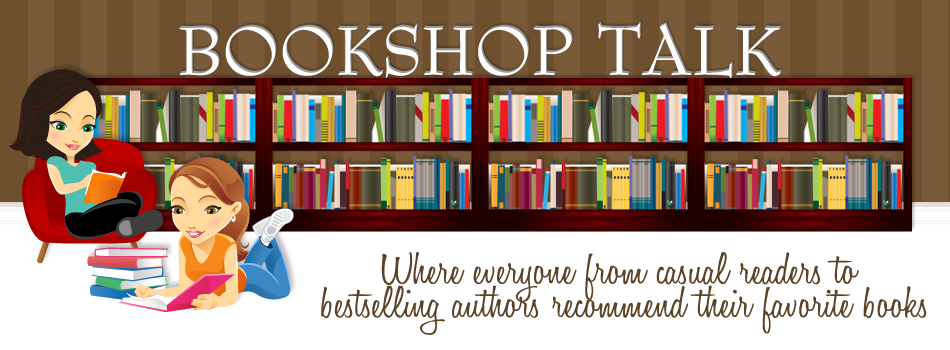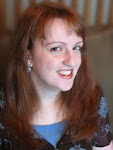
Reviewed by Debbie, theater patron
Orphans appear frequently in children’s literature. Sara Crewe. Anne of Green Gables. Harry Potter. Ballet Shoes features three of my favorites. Great-Uncle Matthew (Gum), a famous fossil collector, starts collecting orphans after getting too old to climb around after fossils, and over a period of years, he brings home Pauline, Petrova and Posy to his great-niece Sylvia and her nurse, Nana, at his house on Cromwell Road in 1930s London.
After Gum sends Posy, he leaves for a 5-year trip, although Sylvia and Nana know this really means he’ll be gone for 10. When their money runs out, they take in some boarders who end up changing their lives. One is a dance teacher who arranges for the girls to attend her school, The Children’s Academy of Dancing and Stage Training (which later appears in several other Streatfeild books). Pauline ends up excelling at acting, while Posy is a born dancer. Petrova becomes a competent enough performer, but her heart lies elsewhere.
What I really like about Noel Streatfeild’s novels is that they take me to this unfamiliar (to me) world of life on the stage. Ballet Shoes in particular introduced me to dance in general and also to specific plays: Maurice Maeterlinck’s The Bluebird and Shakespeare’s A Midsummer Night’s Dream and Richard the Third. I was anxious with Pauline at her first audition, and I was excited with Petrova when she learned that they were going to fly on the stage. One of the best things about reading is going to a new world, and Streatfeild’s world of performing arts is fascinating.
In Ballet Shoes, it is also peopled by wonderful, generous characters who become Pauline, Petrova and Posy’s extended family. In addition to Theo, the dance teacher, the boarders include Mr. and Mrs. Simpson and two lady doctors, Dr. Jakes and Dr. Smith. Mr. Simpson shares Petrova’s automotive interests and lets her help take care of his car. With two sisters who love performing, Petrova finds talking cars and mechanics with Mr. Simpson a relief. Dr. Jakes and Dr. Smith are academic coaches, and they end up educating the girls when money for school runs out. It is Dr. Jakes, the literature specialist, who first seriously encourages Pauline to act and who gets Petrova through when she lands a role in a play that is very difficult for her.
Although Pauline really enjoys acting for itself, she also appreciates that it provides a way to earn money to help her family. The only reason Petrova stays at the school is that she can start earning money at it at age 12, whereas any other profession she’d be interested in wouldn’t allow her to start earning until years later. Money worries run through this book, which makes the girls’ eventual success all the sweeter. (The small math nerd in me wrote down all the parts about money so I could figure out how many shillings were in a pound. This was before the Internet, so I couldn’t just look it up.)
A couple of years ago, a new movie version of Ballet Shoes was made, starring Emma Watson (aka Hermione). I enjoyed it, even though they changed some of the story to add some romance (which I couldn’t exactly argue with). In the movie “You’ve Got Mail,” Meg Ryan’s character shares her love of the Shoe books, which is one of the reasons I like that movie so much.
of Ballet Shoes was made, starring Emma Watson (aka Hermione). I enjoyed it, even though they changed some of the story to add some romance (which I couldn’t exactly argue with). In the movie “You’ve Got Mail,” Meg Ryan’s character shares her love of the Shoe books, which is one of the reasons I like that movie so much.
In the US, only four or five of the Shoe books are still in print, but if you can find it, I also really like The Children on the Top Floor.
Market: Middle Grade
Language: None
Sensuality: None
Violence: None
Mature Themes: Poverty
Book formats:




























